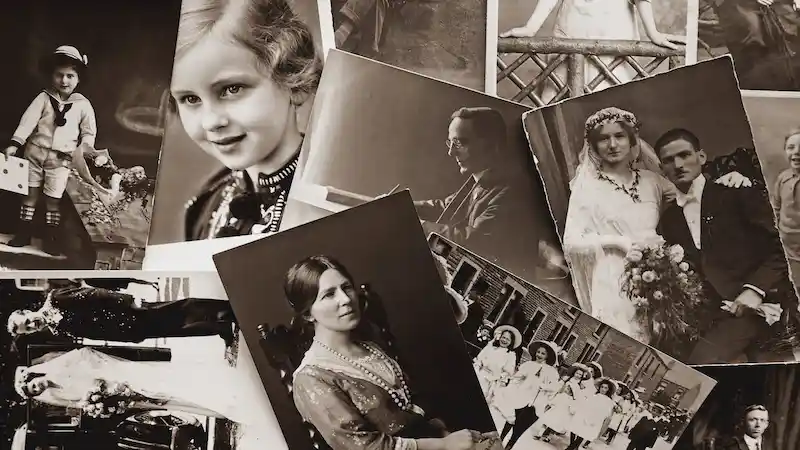Designing a Meaningful Farewell: Your Comprehensive Guide to Planning the Perfect Cremation Service
The passing of someone close to us often brings a period of intense emotional turmoil, coupled with the daunting obligation to orchestrate their final rites. Opting for cremation involves a series of critical decisions that must frequently be made promptly. The purpose of this article is to offer a sequential manual, intended to simplify the organization of the proceedings, guaranteeing a ceremony that honors the essence of the departed with dignity and personal touch.

Delving into Cremation
Cremation stands as a form of final tribute whereby the body of the departed is subjected to high temperatures, reducing it to ashes. Grasping the intricacies of this farewell practice, alongside its profound significance across distinct cultural and religious backdrops, is vital. Such an understanding paves the way for a tribute that is sensitive to the legacies and ideologies of both the deceased and their kin.
Navigating Legalities and Documentation
Implementing a cremation mandates obtaining certain statutory documents, such as a death certificate, authorization for cremation, and occasionally additional forms dictated by local authorities. The importance of these papers is paramount in circumventing any legal hurdles. Collaborating with funeral directors who are adept at securing these documents with tact and efficiency can alleviate some of the procedural burdens during such a sensitive time.
Selecting a Crematorium
The choice of crematorium is not one to be made lightly, entailing consideration of numerous aspects such as proximity, expenses, provided amenities, and the compassion demonstrated by the facility’s personnel. An in-person assessment of potential sites is advised to gain a feel for the environment, ensuring it aligns with familial preferences and comforts.
Crafting the Memorial Service
The scope of cremation ceremonies spans from conventional religious observances to personalized celebrations of life. Determining the structure of the service, including the choice of the officiant, the arrangement of eulogies, selection of music, and the decision of whether to permit viewing of the cremation, are all pivotal in creating a meaningful farewell. These decisions also play a therapeutic role for the bereaved, allowing for a service that encapsulates the individuality and ethos of the deceased.
Considering the Disposition of Ashes
Once the cremation has taken place, the matter of ash disposition arises, carrying significant emotional weight and occasionally legal ramifications. Families are faced with options such as dispersing the ashes at a place of significance, enshrining them in an urn within the home, or interring them at a familial resting place. Each option warrants thorough deliberation and a united stance amongst family members.
Planning a cremation is an intimately subjective venture, marked by decisions that require compassion and reflective thought. Through a clear comprehension of the cremation process, meticulous attention to legal formalities, judicious selection of a crematorium, detailed ceremony preparation, and thoughtful decisions regarding the ashes, the legacy of a loved one can be celebrated and honored with respect. In these trying times, it is important to draw upon the collective strength of support networks and professional guidance to navigate the aforementioned steps, culminating in a serene and honored adieu.
-
1

Ultimate Feast for the Eyes: Top Cooking Shows Every Foodie Must Watch!
-
2

Maximize the Lifespan of Your New Dental Implants with Expert Care Tips
-
3

Ascending with Ease: The Revolutionary Journey of Stair Lift Technology
-
4

Maximizing Your Walk-In Tub's Lifespan: The Ultimate Guide to Enhanced Performance and Durability
-
5

Unlock Bigger Savings: Master the Art of Using Your Gas Rebate Card!










